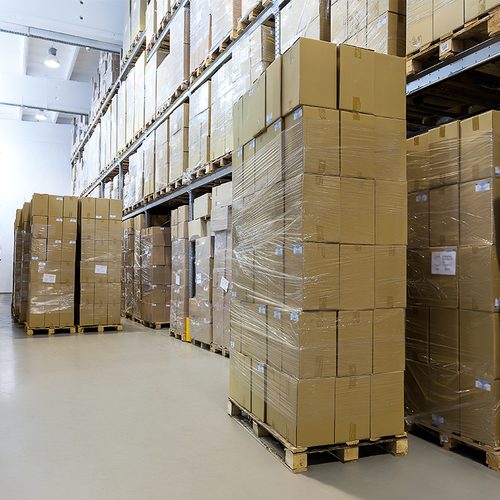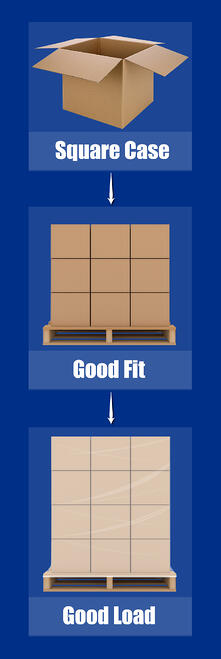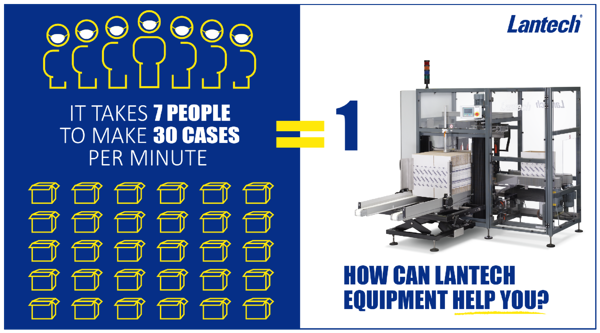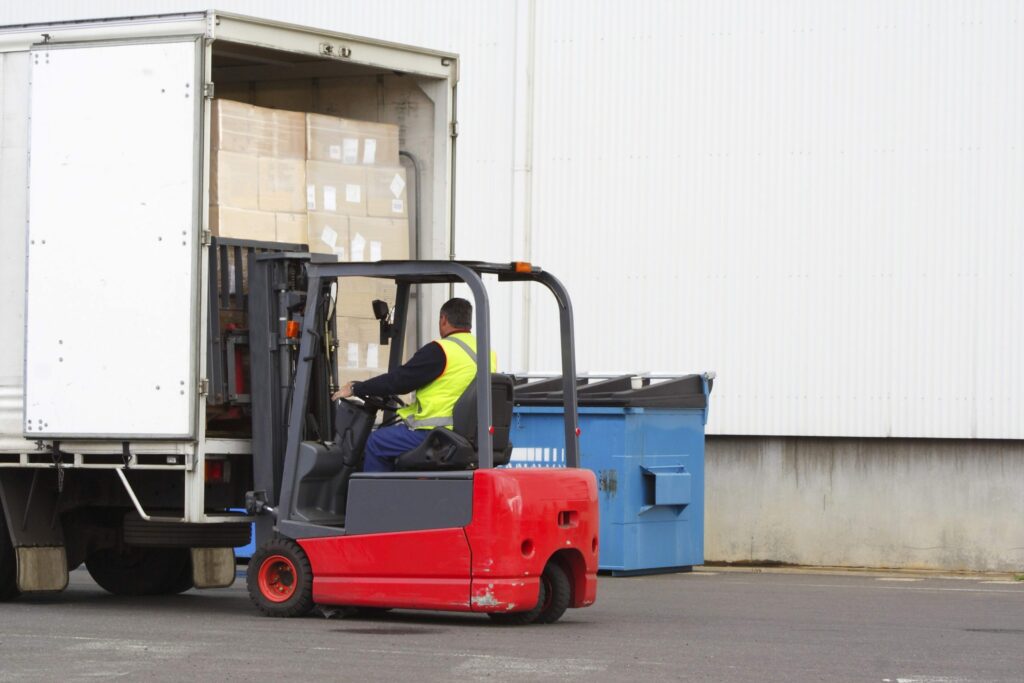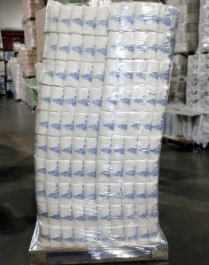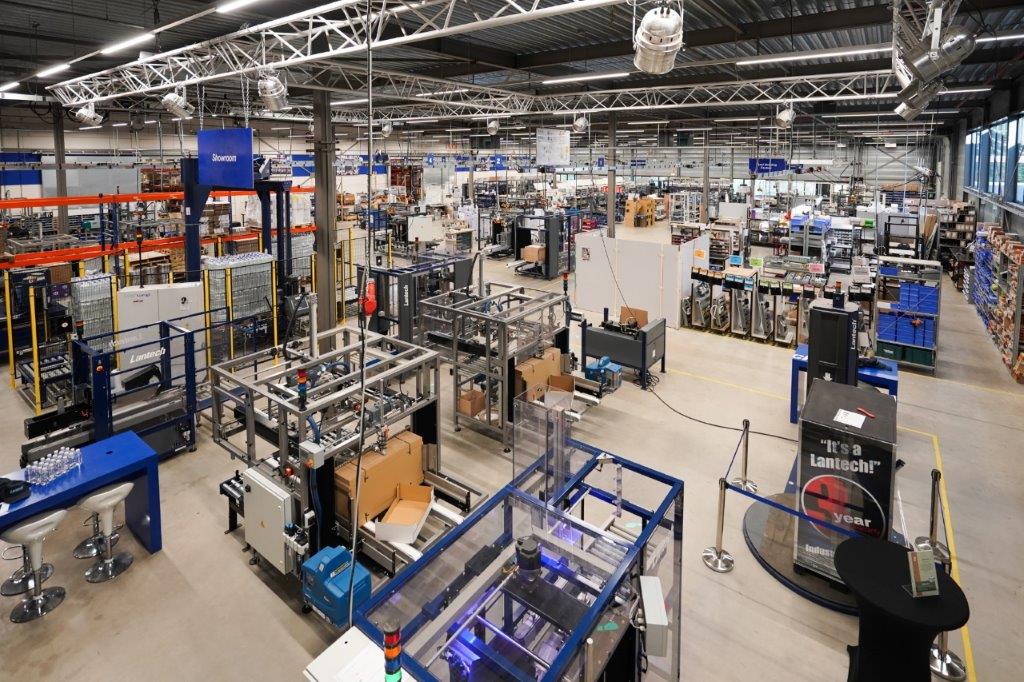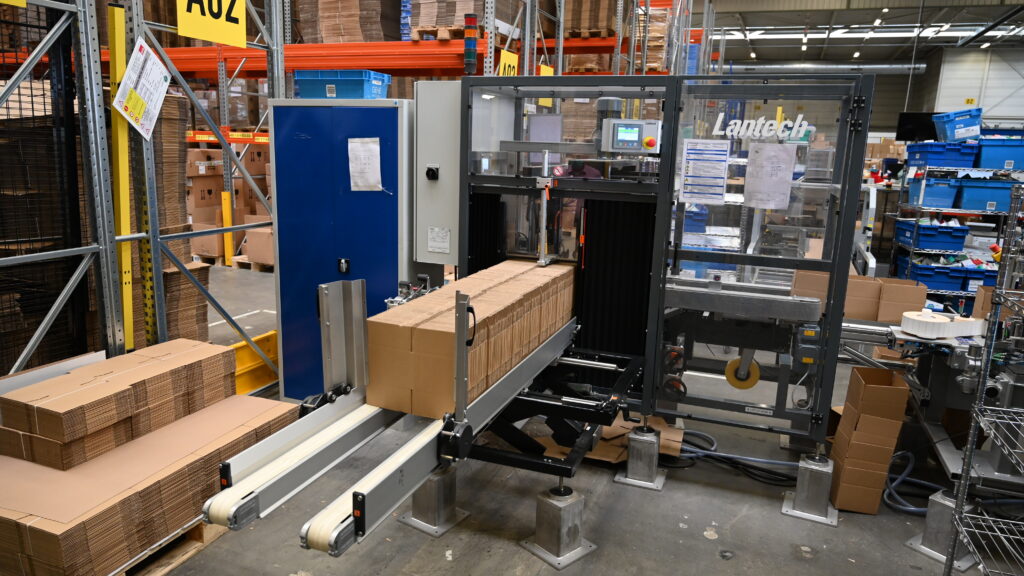We all know about truck load shipping failures like the water in the photo. This is the truck that’s refused at the final destination, it’s the damage that most likely ends up in a landfill and that most large companies anticipate and build into their budgets. This is the damage that people know about.
But, what about the damage you don’t know about?
Invisible damage is subtle and happens when only a small part of the shipment fails. It could be only cosmetic damage such as cases that are crushed, dented or pierced. We may not hear about it or see it, but it still has an effect. Damage is any change in “as made” condition that reduces customer satisfaction. Those crushed cases and dented products may not raise a big alarm when it comes to dollars, but what does a dip in brand quality cost you when your customers are presented with a product that’s less than perfect?
Shipping damage is costing you money.
Whether damage is visible or not, there’s too much. And its cost is too high. In fact, a joint study done by the Grocery Manufacturers Association (GMA) and the Food Marketing Institute (FMI) indicated that .5 percent of products are unsellable due to damage during shipment. That means if a company is shipping a truck carrying $50,000 of product, $250 is lost due to damage.
Cut your shipping damage in half with better stretch wrapping.
The good news is that shipping damage doesn’t have to be a cost of doing business. Much of it is avoidable. We’ve learned that effective stretch wrapping can eliminate as much as half the damage that happens when products are shipped.
Stop being victimized by shipping damage. Get your free copy of Lantech’s 10 Step Process for Damage Reduction through More Effective Stretch Wrapping and start reducing your shipping damage today.
This post was published on November 18, 2015 and updated on November 28, 2018.
November 18, 2015

